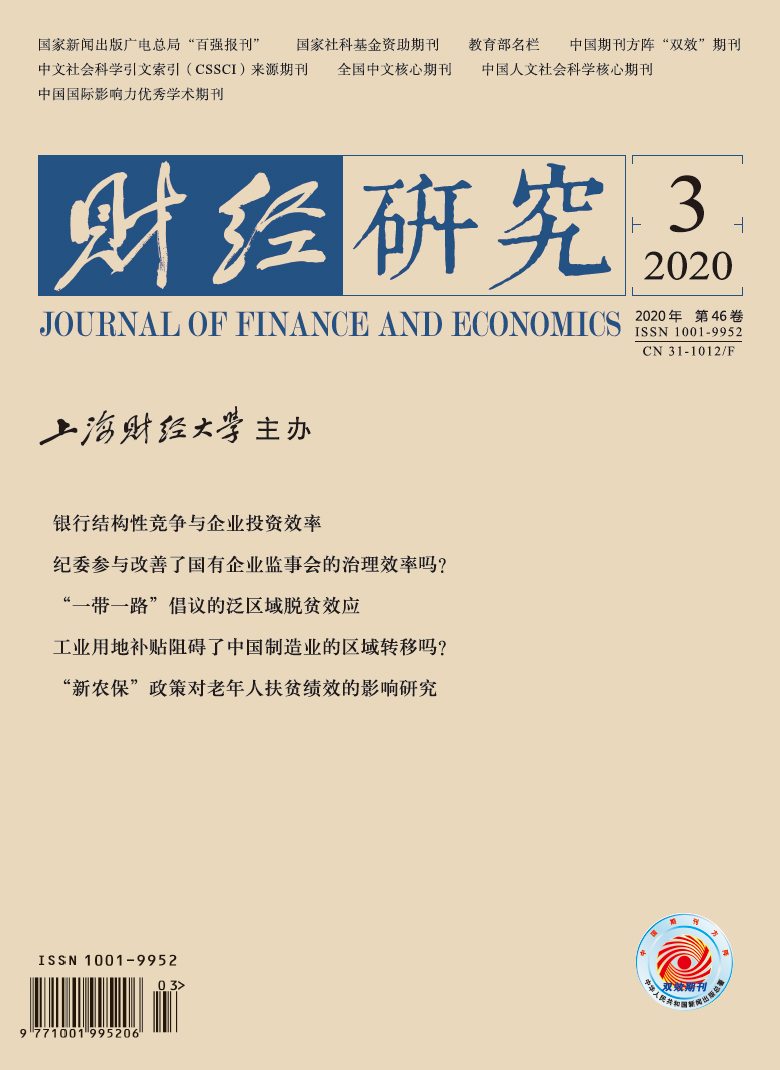In the face of the constantly rising executive salary and the widening income gap, neo-classical liberalism economics holds that it is the remuneration of labor contribution, and then the embodiment of labor capacity based on the theory of marginal productivity distribution, so as to justify the market pricing system and the corresponding income situation it brings. However, this defending cannot undergo a logically interrogation. There are two main reasons. The one is that the conditions met with the theory of marginal productivity distribution do not exist at all in the real world. The other is that human’s ability and contribution are also immeasurable and incomparable fundamentally because of the heterogeneity. Basically, the reason why modern mainstream economics can draw out and adhere to this doctrine is that its research owns the method-oriented feature of embedding affirmative rationality, and this closed thinking leads to fall into the fallacy of cross mixing when interpreting reality so that it is impossible to explore the mechanism of income distribution in the real world.
In the real world, enterprises often make huge investments in social capital and related capability, so that large-scale and excellent enterprises often own “high capability”. However, these social capital and management ability that should belong to enterprises are naturally occupied by executives by virtue of their positions, and then serve for their personal interests. At the same time, high-level goods and services mainly adopt quan- tity competition rather than price competition, which leads to high-level positions with their own “rents”. However, these “rents” are seized by a small number of internal controllers, and then converted into their high salary. In this sense, the senior executive’s high salary mainly comes from the high ability of the enterprise, especially the “rents” of senior positions rather than his high ability. What’s more, the unrestrained market competition often enriches the executive and collapses the enterprise.
Obviously, the above reflects that the mechanism of income distribution in the real world is essentially a social principle rather than a contribution principle. Correspondingly, the high salary of the executive is also social, which mainly depends on the distribution rules and the corresponding power structure and social cognition behind them. So we can see that the persons who are able to make rules or can make good use of the rules will get higher income, which is “the rule of cockroach survival” in the real world. It also means that it will help the winners of the market competition closer to the best, and then make the labor and resources better allocated by improving and perfecting the rules of income distribution. To this end, we cannot simply declare or judge a person’s ability or contribution by his real income, but we should assess the rationality of the distribution rules in the light of the real income structure.





 4819
4819  5900
5900

